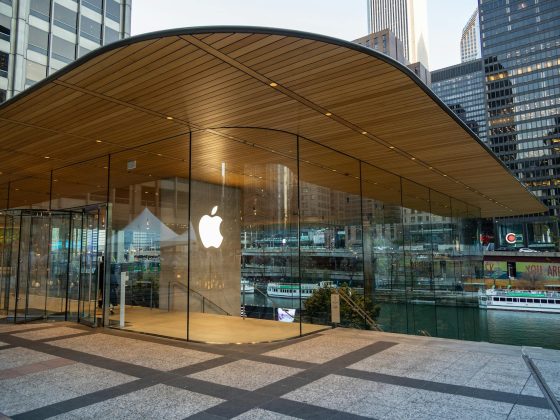The transition of Netflix from an ad-free streaming platform to an ad-supported service has brought about a significant change in the entertainment industry. This transition, which started when the company introduced its $7-a-month, ad-supported plan in late 2022, is already creating ripples across the industry. Looking into 2024, it is clear that Netflix’s ad-tier model is not just a new source of revenue for the company but an incentive for new forms of advertising that are transforming the ways brands engage with the audience through their ads. Read on to learn what this means for advertisers and how big brands are using this model to reach Netflix’s large subscribers through their advertisements.
The Genesis of Netflix’s Ad-Tier Model
When Netflix proposed its ad-supported tier, it was a way to address slowing subscriber growth and rising competition. The company saw the need to enlarge its revenue streams and attract a wider base of subscribers, including those who were unable or unwilling to pay for its exclusive, ad-free service. Significantly cheaper than the standard streaming subscription offering, the ad-tier made Netflix accessible to a more economical audience, while in turn, providing new opportunities for advertisers to use the platform’s wide user base.
The Impact on Advertising Formats
With the Netflix ad-tier model, there is a development of new advertising formats that are created to suit the streaming platform. Unlike traditional television ads, which are often rowdy and time-consuming, Netflix has adopted a more integrated and appealing strategy. The platform employs an ad-break mechanism that restricts the number of ads that can be placed within an hour and, at the same time, makes sure they are relevant to the content being watched. This has led to the development of shorter and more targeted ads that are designed to complement the programs rather than interfere with their viewing.
Another notable ad innovation is the “pause ads,” which are static ads that appear when viewers pause their video. This gives brands a way to advertise and engage audiences without interrupting their viewing. This format uses a natural break in the viewing experience, making sure that the ad is seen without disrupting the content being watched. The format is establishing new standards for how ads can be incorporated into streaming services, therefore having an influence on other streaming platforms to reconsider their ad approaches.

Enhanced Targeting Capabilities
With the ad-tier model, Netflix has changed the way that advertisers can target their audiences. The platform’s huge amount of user data makes it possible for precise targeting based on what they have been watching, demographics, and even specific moments within content. This granularity allows highly personalized ads to be delivered by advertisers in a most targeted way that resonates with viewers individually. For instance, a person who watches cooking shows often may be exposed to ads for kitchen equipment or online food delivery services, while a person who likes watching action movies will see ads for the latest action movies or outdoor adventure equipment.
Strategic Brand Partnerships
Netflix’s path into advertising has also brought about innovative brand partnerships. The extended global reach and cultural influence of the platform enable brands seeking to align themselves with high-quality content to have a reason to partner with the company. Netflix has been launching several programmatic campaigns in the last few weeks with big brands like Expedia, T-Mobile, Ford, Mercedes-Benz, American Eagle, and Swiss pharma company Novartis.
These partnerships will benefit both parties. Brands will have an opportunity to reach out to Netflix’s broad audience and likewise use its content to build meaningful connections with the viewers. Consequently, Netflix benefits from the revenue and the platform’s ability to offer exclusive content to its subscribers.
The Future of Advertising on Streaming Platforms
As Netflix continues to improve its ad-tier model, the platform’s success with ad streaming will likely inspire other streaming services to follow the same path, leading to increased competition and innovation in the advertisement industry. For advertisers, this means more opportunities to reach highly interested and potentially receptive audiences with more relevant advertisements.

Netflix’s ad-tier transformation is not only an adaptation to new market dynamics; it is a motivator for new trends in advertising, which have been transforming the way brands showcase their advertisements to the audience. Focusing on progressive developments in ad formats, enhanced target viewing, and effective brand partnerships, Netflix is paving the way for the future of advertising on streaming platforms. This evolution will likely continue to manifest, shaping the future of advertising for years to come.
Image Source: pexels.com










